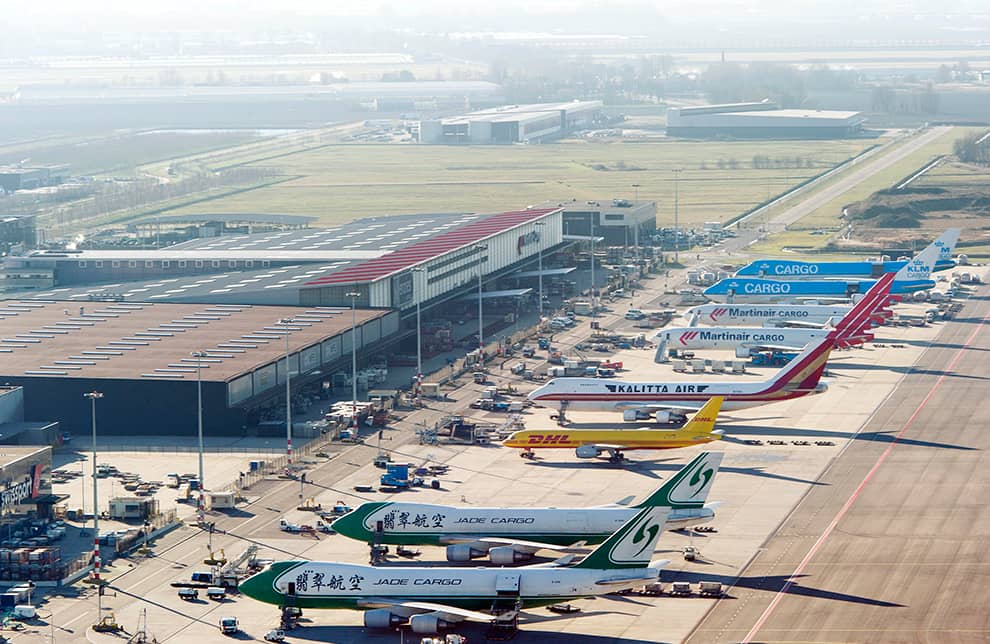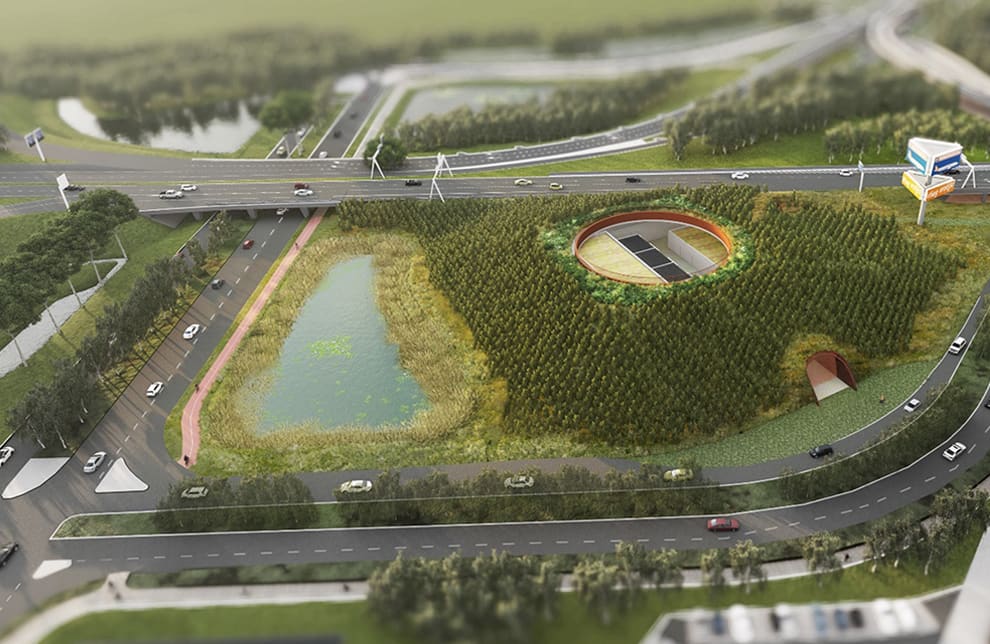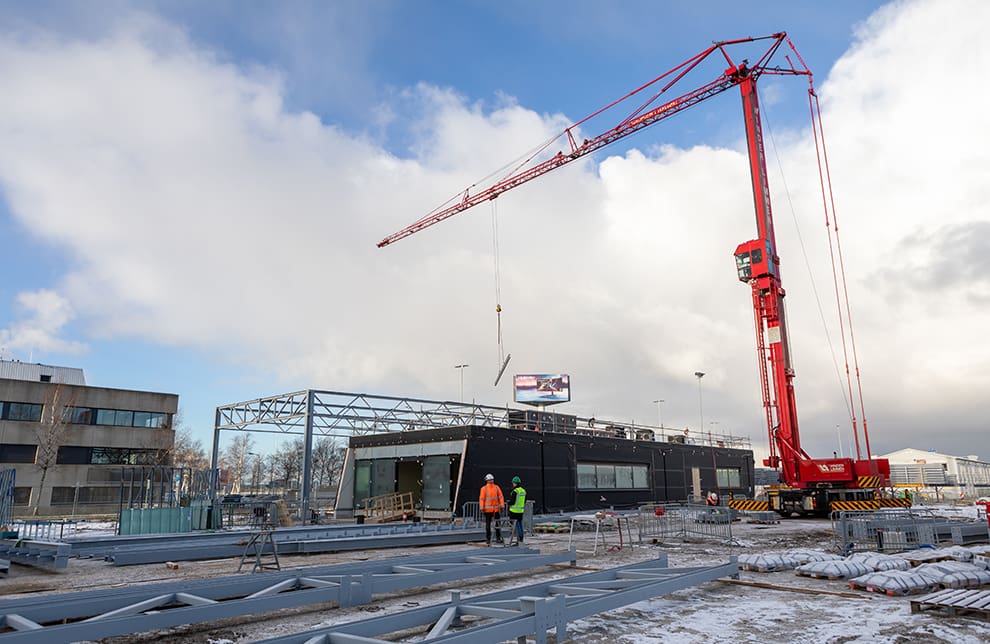5 facts about ultrafine particles
The combustion of fossil fuels, such as kerosene, leads to the release of ultrafine particles. We also know that these ultrafine particles are in the air around Schiphol. However, we don’t know much else about them. That’s why Schiphol asked the Netherlands Organisation for Applied Scientific Research (TNO) to conduct an investigation. What were the findings and what measures is Schiphol already taking? Here are 5 important pieces of information.

1. Dit zijn de concentraties op het platform
TNO studied the concentrations of ultrafine particles on the platform. Earlier this year, measurements were taken outside in the area around the terminal and piers. It turned out that there are ultrafine particle concentrations of around 100,000 to 120,000 particles per cubic centimetre. By comparison, around 100,000 particles per cubic centimetre have been measured every fifteen minutes in the centre of Rotterdam.
2. This is what we know about the health effects
We still don’t know a great deal about the effects of ultrafine particles on the health of our employees and people living in the area around Schiphol. The National Institute for Public Health and Environment (RIVM) recently made a proposal to study the health effects of ultrafine particles on platform staff. The sector is currently looking at this proposal and at how such a study could be set up. The RIVM has been investigating the health effects of ultrafine particles on Schiphol’s local residents for a few years now. The results of this long-term study will be announced in 2022.
3. Electric vehicles reduce ultrafine particle emissions
In anticipation of further research, Schiphol started taking measures to reduce the emission of ultrafine particles years ago. An increasing number of vehicles that we use at the airport run on electricity, such as the buses that take travellers from the aircraft to the terminal and vice versa. Our electric fleet grows year upon year.
4. Sustainable taxiing to become standard procedure at Schiphol
We are also reducing emissions by way of sustainable taxiing. Sustainable taxiing is when a plane is towed to the runway by a special vehicle, instead of using its own kerosene-powered engines. As a result, the engines remain switched off for a much longer time. Two new special vehicles will be coming to Schiphol at the start of 2022 for a second pilot study. Together with Air Traffic Control the Netherlands, KLM, Transavia and Corendon, we’ll be looking at the infrastructure, processes and technology we need. We want sustainable taxiing to be standard procedure in 2030. That will lead to a significant reduction in emissions.
5. We encourage more sustainable aviation
Flying is where the biggest gains are to be made when it comes to reducing ultrafine particle emissions. That’s why Schiphol is encouraging a more sustainable aviation sector in a variety of ways. For example, less-polluting planes pay less to land at Schiphol. Furthermore, together with other parties in the sector, we have agreed to increase the proportion of sustainable fuel that is used. And we are investing in the development and scaling up of sustainable aviation fuels.
Read the previous blogs
-
Special high-voltage substation
Published on:New high-voltage substation contributes to one of Schiphol’s most significant sustainability goals: zero emissions in 2030.

-
More electric equipment
Published on:Most diesel generators have now been replaced by electric ones. Schiphol provides almost all planes parked at the gate with electrical power.

-
Start construction circular checkpoint
Published on:For the new checkpoint we are using material left over after the demolition of three office buildings and three cargo buildings at Schiphol.
